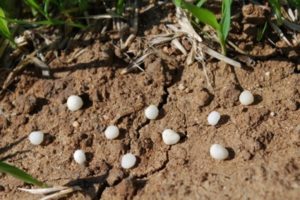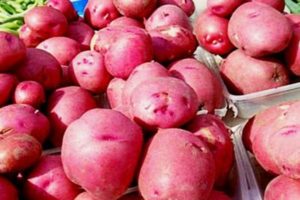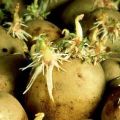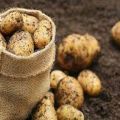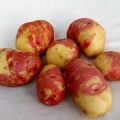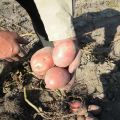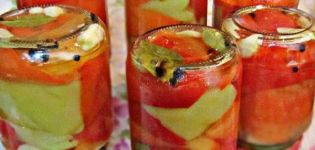Storage measures for potato moths
Unfortunately, the site and planting on it are interesting not only for summer residents, but also for insect pests, which are able to destroy a large percentage of the crop. Potato moth and how to deal with it, this question has long tormented many gardeners. Everyone wants to save the harvest and the plants themselves.
What is this insect?
To know with whom you have to fight, you need to read the description of the pest, it will help to destroy it in a timely manner. Finding the presence of an insect for some reason.
The potato moth is a small butterfly. She is very inconspicuous and dangerous, and is able to destroy up to 80% of the crop.
Pest characteristic:
- The scientific name is Fluorimea.
- Size - 6-8 mm in length, 12-13 mm wingspan.
- The color is gray inconspicuous, small black dots are located on the wings. When the insect folds them, the dots form dark streaks.
- Antennae are long.
- The oral apparatus is small.

Stages of development of fluorimea
During its short life, the insect goes through several stages:
- Eggs are laid by a butterfly during its active life. One clutch contains up to 20 eggs. They are located on the lower leaves of the plant. The first few days they are white, then they begin to darken, becoming almost invisible. They develop in 5-15 days and turn into a caterpillar.
- Caterpillar stage. It is the pest of this stage of development that causes the greatest harm to crops. The length of the caterpillar, after birth, is 1–2 mm. The insect lives for 10–48 days. During this period, it manages to molt 4 times. Reaching a length of 8–12 mm.

The color of the caterpillar directly depends on what it feeds on. A light shade of the body, indicates the feeding of the larva with tubers, a green shade that it feeds mainly on foliage.
- Chrysalis stage. Most often it is located on plants or in crevices (if it ends up in a cellar). After overwintering, it comes out from there as a butterfly.
- Final stage. The insect lives for 3 weeks. During this period, it manages to lay from 50 to 200 eggs.
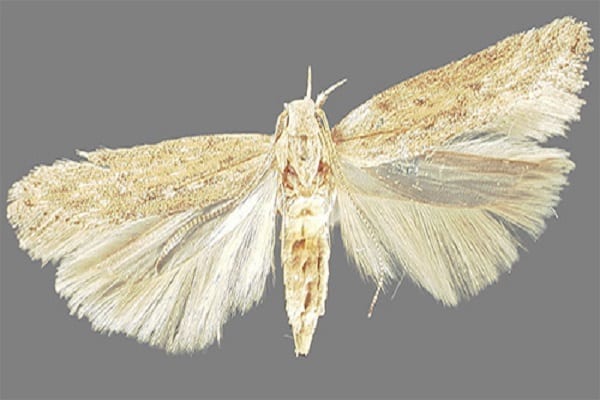
The potato moth survives even in winter. Only the regime should be optimal. Even at a temperature of -1 ⁰C, when the root crop freezes, the larva continues to live. The optimal temperature regime for active growth of the pest is + 22–26 ⁰С. Humidity should be no more than 80%.
Fluorimea dies at a temperature of +36 and - 4, regardless of the stage of development it is at.
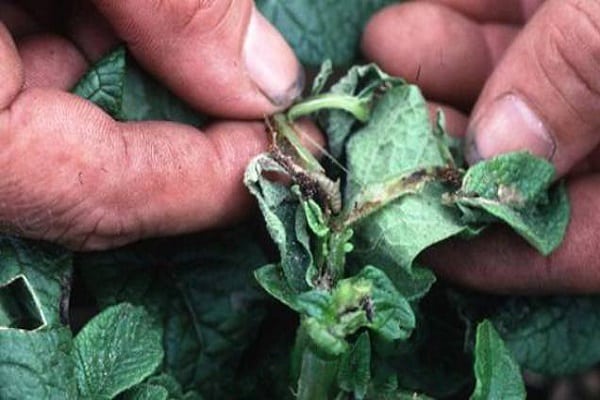
What harm does a butterfly do?
In some areas the consequences of its activities are very dire. The fight against the pest is ongoing.
Especially great harm is caused by the fluorimea larva, it spoils the tubers, they become unsuitable for food.Affects plants by destroying leaves and stems.
The insect's harm increases from the fact that it continues to live and multiply in root crops, when stored in special rooms. Thus, reducing the quality of the planting material. Not only potatoes, but also other plants of the Solanaceae family suffer from them.
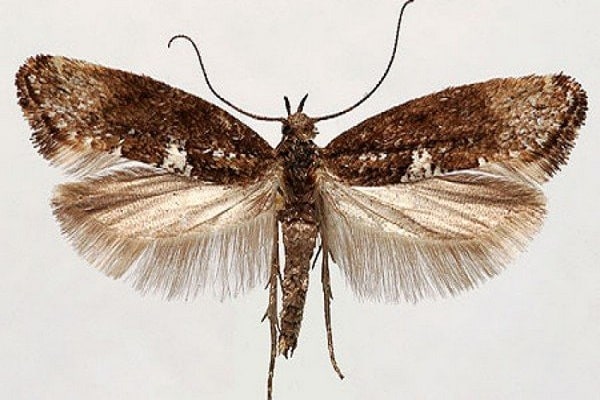
How to detect a pest?
It is almost impossible to see a butterfly. The greatest activity is manifested in the morning hours before dawn and in the evening.
The first thing to do is to carefully examine the plants. The fact that a pest has wound up on the plantings will show:
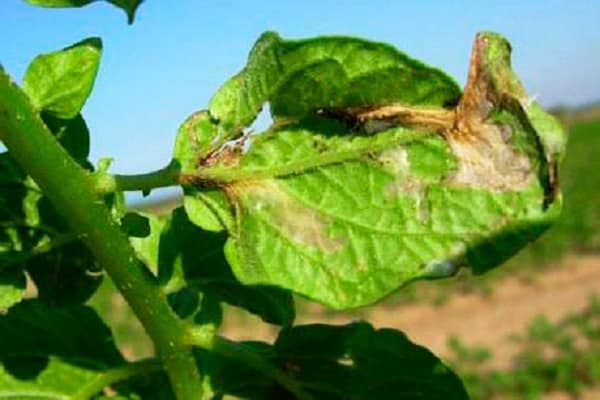
- The presence of excrement and passages on the leaves.
- The tops begin to wither and then dry.
- A small cobweb appears on some sheets.
- Rot develops.
- If you slightly shake the bush, then butterflies will rise from it and after flying a little, they will sit on neighboring plants.
Examining the tubers, you can also find insect holes inside the root crop. With severe damage, it becomes like a spongy body.

The wireworm and fluorimea moves are similar, but there are differences. In the potato moth, they are curled into a cobweb, and in the second pest, the passages are clean and straight.
What control methods are used at the sites?
Using certain pest control methods can help save the crop. Fluorimea is very tenacious, so you should strictly follow the recommendations:

- Correct fit. The tubers should be deepened by 15 cm. It is best that they are not affected by insects. So their development can be limited. You can plant early potatoes, it is immune to this pest.
- Regular hilling. It is recommended to periodically huddle young tubers, so that there is always a 5 cm layer of earth above them.
- Weeding. The timely removal of weeds will help to limit the development of a harmful insect.
- Watering. The principle of rain watering will destroy a large number of butterflies, which are responsible for laying eggs.
- Digging. It is best to harvest the potatoes as soon as the plant begins to dry. You can do this, cut and destroy all the tops a week before harvesting.
- Cleaning. It is necessary to remove the entire crop from the site. And do it as quickly as possible.
- Destruction of infected plant parts. The procedure is extremely important. Everything needs to be collected and disposed of.

You can fight potato moths using biological methods, harm to potatoes will not be applied. Tubers can be safely eaten. For this, plants are treated:
- Lepidocides. The moth irritates the unpleasant smell of this solution.
- Dendrobacillins. The form of the preparation is dry powder. Not harmful to humans and animals.
- Bitoxibacillins. Processing with its use is carried out every 10 days.
- Enterobacterins. It is used at a time when the culture is blooming. Or at the moments of harvest.
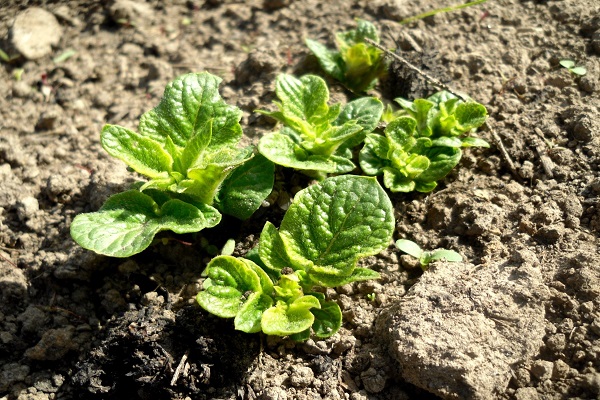
The use of chemicals is used if biological methods have not helped. Landings are processed immediately after the detection of a moth. The greatest effect will be achieved after multiple spraying at one time. After that, be sure to take a break between treatments, at least 2 weeks.
Preparations:
- "Arrivo".
- "Ditox".
- "Danadim".
- Di 68 and others.
To save your crop, you need to work a little, for this to identify harmful insects in time and fight them.
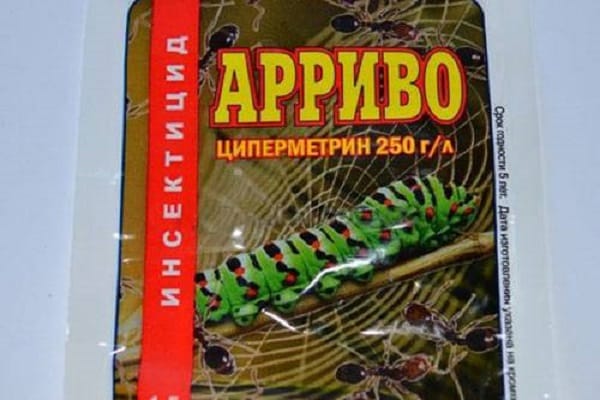
Treatment of tubers before storage
You need to quickly remove the potatoes from the site. A butterfly needs 2 hours to lay new eggs in tubers. All harvested potatoes are at risk. If, nevertheless, the insect starts up, the root crops are treated with special solutions.

Storage controls:
- Prepare the solution yourself at home. We need 2 drugs. To combat the pest, lepidocide is taken. And planriz is added to fight fungal diseases.They are combined in the volume necessary for the amount of potatoes being processed. They are connected in the following proportion. 100 liters of water, 0.5 liters of planriz, 2 liters of lepidocide. Immediately after preparation of the solution, the tubers are dipped into it, for 5-10 minutes. After processing, potatoes should be well dried. You can eat processed root vegetables in a few days.
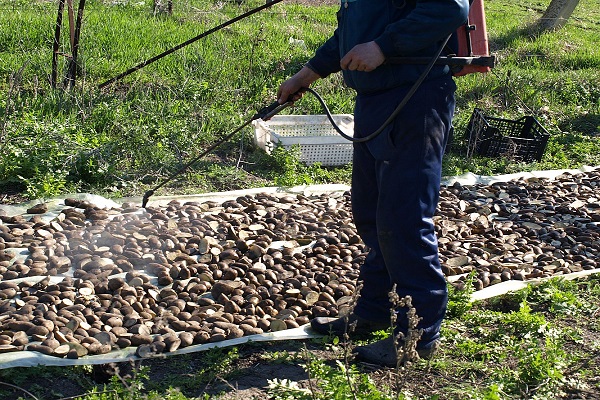
If tubers are dipped into the same solution in the spring before planting, this will protect against the pest for a while.
- Another option is recommended by gardeners. For 150 liters of water, take a 1% solution of a bacterial preparation, in an amount of 1 liter. The tubers are dipped into it for 15–20 minutes. Such drugs are stored for several years.
It should be remembered that it is easier to apply preventive measures than to process the crop later. This applies to those who grow potato fields, for them the processing will be very laborious.

